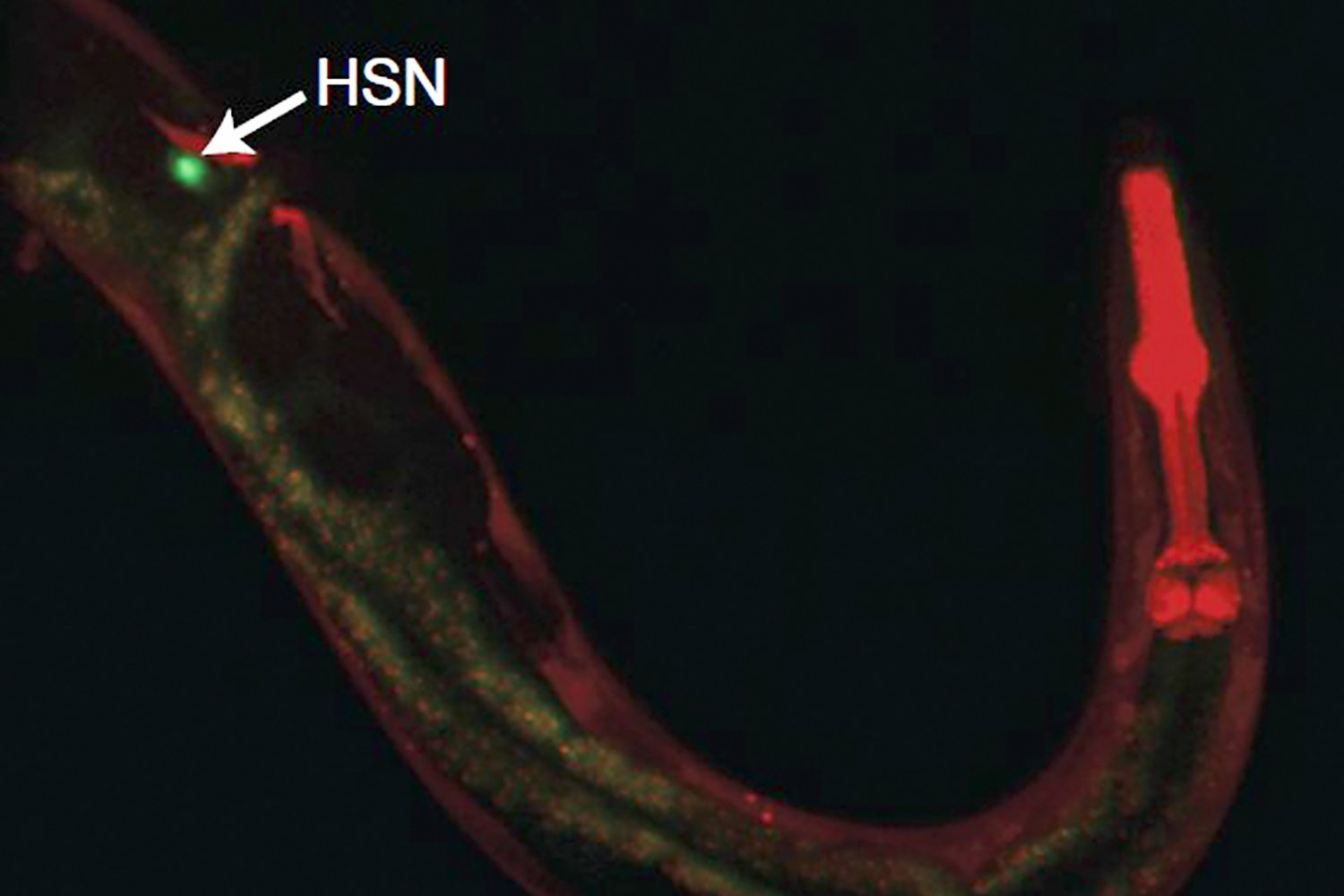
A new MIT study that focuses on a single cell in one of nature’s simplest nervous systems provides an in-depth illustration of how individual neurons can use multiple means to drive complex behaviors. In the C. elegans worm, which only has 302 nerve cells, the neuron HSN releases several chemicals and makes multiple connections along its length to not only control the animal’s instantaneous egg laying and locomotion, but also to then slow the worm down for several minutes after the eggs are laid. To control that latter phase of the behavior,…



